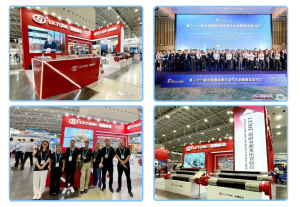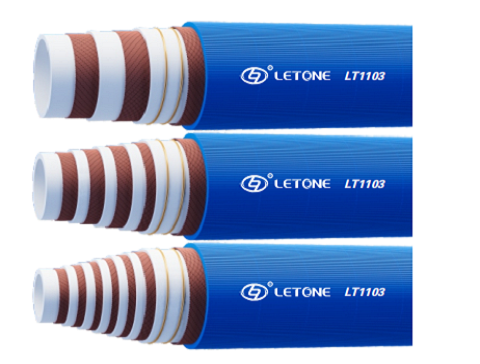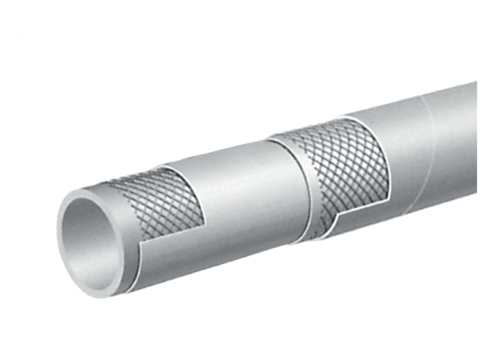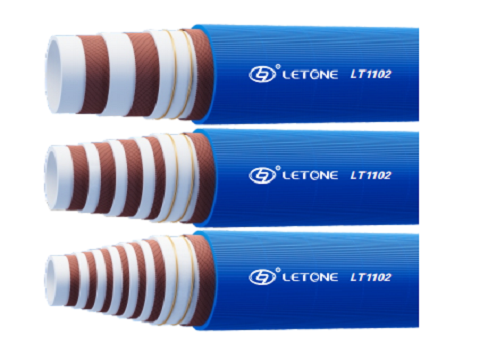Blowout Prevention (BOP) control hoses have to meet stringent specifications for subsea and topside applications. They must be flexible, fire resistant and be able to handle extreme environmental damage.
Annular BOPs use a donut-like rubber seal to shut in the wellbore. They have only two moving parts, the piston and packing unit, making them simpler to maintain than ram-type BOPs.
High Pressure
During drilling operations, BOPs operate under high pressure to seal off the wellbore and prevent a blowout. This requires that the BOP control system is equipped with multiple high-pressure hydraulic lines to run electrical signals to critical solenoid pod functions (ram type and annular) and hydraulic pilot line to non-critical time dependent functions.
To meet the high-pressure requirement of BOP systems, BOP control hoses are manufactured to API 16D. They are made of multiple layers of textile fabric and steel cable with fire resistant cover. They can withstand a minimum 1300°F (700°C) flame temperature and maintain the required operating pressure for at least 5 minutes.
In addition to meeting high-pressure requirements, BOP control hoses also need to be fire resistant and have high abrasion resistance. They are typically crimped with API 16D quick connector and self-sealing union and are equipped with exterior armor to protect against extreme environmental damage. This is how a high-quality BOP control hose can provide reliability and safety for oilfield applications.
High Temperature
The oil field is an environment where temperature extremes can be found and the hose needs to be able to operate under those conditions. As such, a BOP control hose must be capable of delivering high-pressure hydraulic fluid to the shear rams during a blowout event while maintaining its rated operating pressure under the highest temperatures possible.
BOP control hoses provide the hydraulic system for the subsea ram and choke/kill equipment, allowing the critical BOP wellbore functions to be closed at speed and in sequence that will ensure the shears cut the drill pipe and fold it over to seal the hole. This is a very complex and sensitive task that has been made far more robust and reliable with the advent of multiplex electric systems.
 Multiplex electric systems require the use of electrical signal conversion equipment fitted to selected critical BOP functions to convert the existing hydraulic pressure activation into an electro-hydraulic signal that operates these function outputs. This enables the continued use of many of the existing surface control panels, hydraulic umbilicals and subsea control pods which is economical and logistically desirable.
Fire Resistant
BOPs are used to control the pressure in a drilling well during operations and to seal the well to prevent a blowout. They need to operate in harsh environments and be able to handle high temperatures, high pressure and fire.
All BOP systems are tested before a rig is moved to ensure that the system is operational and ready to perform in an emergency. The test typically involves confirming that the BOP controls operate correctly and that the system is capable of closing in the well when activated.
API 16D BOP control hoses are designed with superior components to operate withstand tough crisis oilfield conditions, including the harshest of fires. These hoses are tested to ensure they can hold their rated working pressure in the face of flame temperature tests up to 700oC for five minutes. The hoses are also armored to protect against abrasion, cutting, gouging and weather. Each hose is supplied with a pressure test graph and a Lloyds certificate.
High Flexibility
Conventional hydraulic BOP control systems experience unacceptable delays operating subsea BOP functions in deep water drilling applications. The delay results from the time required to send a hydraulic activation signal through an umbilical hose and then deliver sufficient quantities of pressurized operating fluid to the BOP function. This combination of signal time and fill-up time is generally referred to as the BOP sequence response time.
Proprietary manufacturers of subsea hose bundles work hard to produce a product with a low volumetric expansion characteristic (VE). Minimizing VE promotes shorter response times by allowing the relay valves in the BOP pod(s) to "fire" and vent as soon as they have reached a pressure target, a process known as 'firing up'.
To further reduce response times, an open hydraulic system is employed. This means the displaced hydraulic fluid volume from the "other side" of each functional shift is not routed back to its respective accumulator unit reservoir but rather exhausted directly to the marine environment via 3/16 in. ID directional control valves in the pods on the BOP stack.
Multiplex electric systems require the use of electrical signal conversion equipment fitted to selected critical BOP functions to convert the existing hydraulic pressure activation into an electro-hydraulic signal that operates these function outputs. This enables the continued use of many of the existing surface control panels, hydraulic umbilicals and subsea control pods which is economical and logistically desirable.
Fire Resistant
BOPs are used to control the pressure in a drilling well during operations and to seal the well to prevent a blowout. They need to operate in harsh environments and be able to handle high temperatures, high pressure and fire.
All BOP systems are tested before a rig is moved to ensure that the system is operational and ready to perform in an emergency. The test typically involves confirming that the BOP controls operate correctly and that the system is capable of closing in the well when activated.
API 16D BOP control hoses are designed with superior components to operate withstand tough crisis oilfield conditions, including the harshest of fires. These hoses are tested to ensure they can hold their rated working pressure in the face of flame temperature tests up to 700oC for five minutes. The hoses are also armored to protect against abrasion, cutting, gouging and weather. Each hose is supplied with a pressure test graph and a Lloyds certificate.
High Flexibility
Conventional hydraulic BOP control systems experience unacceptable delays operating subsea BOP functions in deep water drilling applications. The delay results from the time required to send a hydraulic activation signal through an umbilical hose and then deliver sufficient quantities of pressurized operating fluid to the BOP function. This combination of signal time and fill-up time is generally referred to as the BOP sequence response time.
Proprietary manufacturers of subsea hose bundles work hard to produce a product with a low volumetric expansion characteristic (VE). Minimizing VE promotes shorter response times by allowing the relay valves in the BOP pod(s) to "fire" and vent as soon as they have reached a pressure target, a process known as 'firing up'.
To further reduce response times, an open hydraulic system is employed. This means the displaced hydraulic fluid volume from the "other side" of each functional shift is not routed back to its respective accumulator unit reservoir but rather exhausted directly to the marine environment via 3/16 in. ID directional control valves in the pods on the BOP stack.







